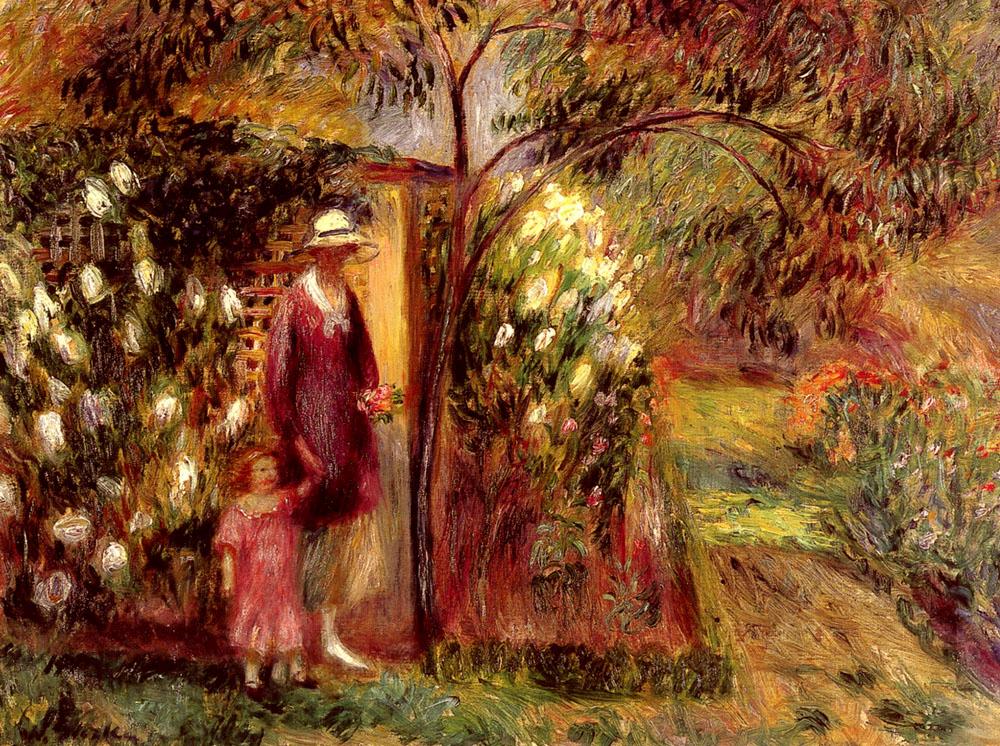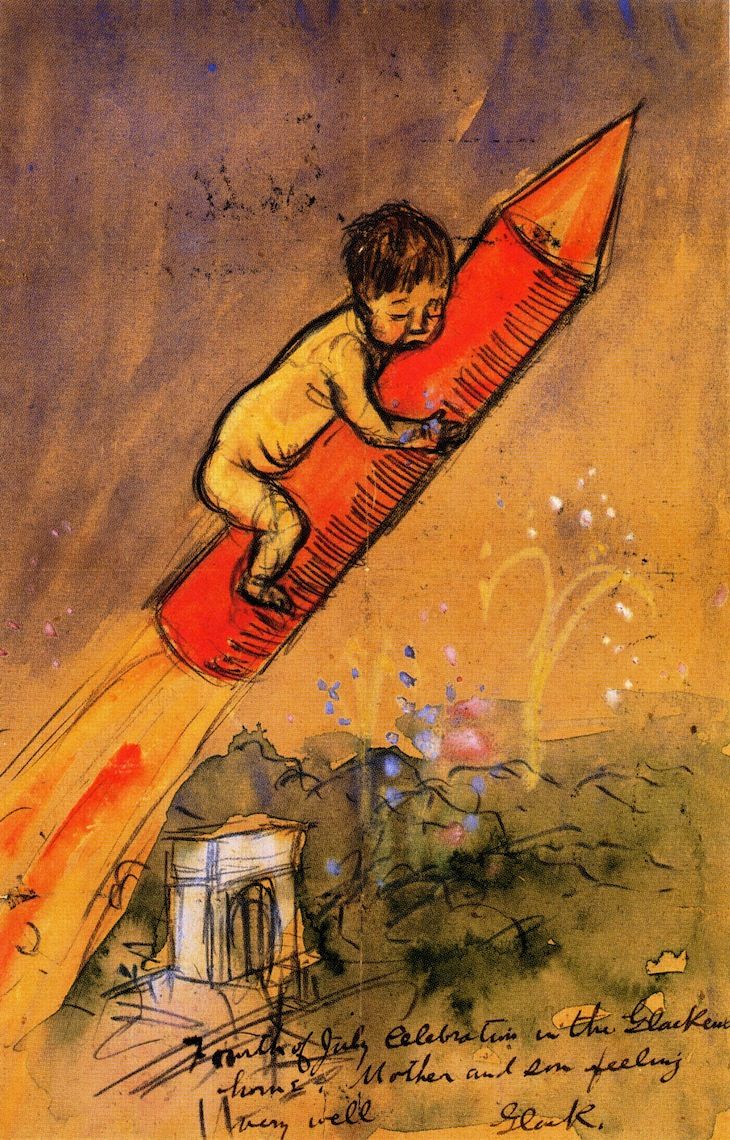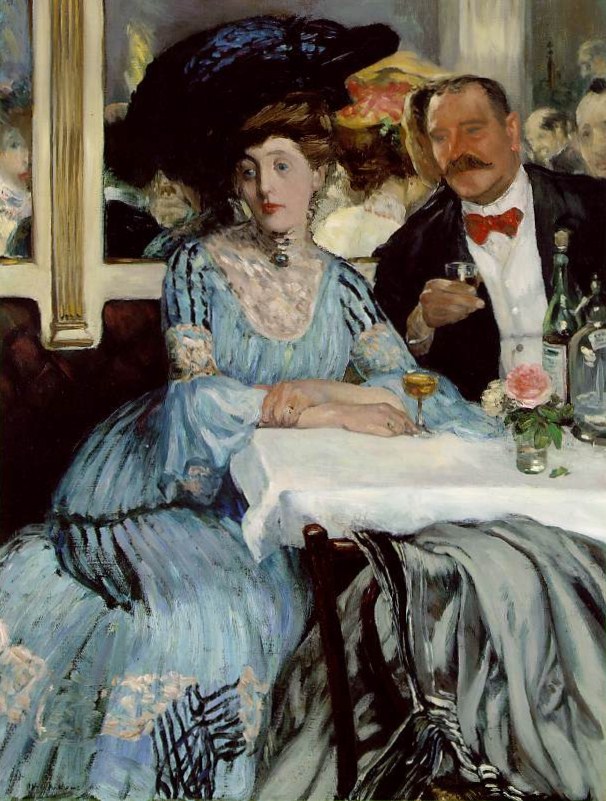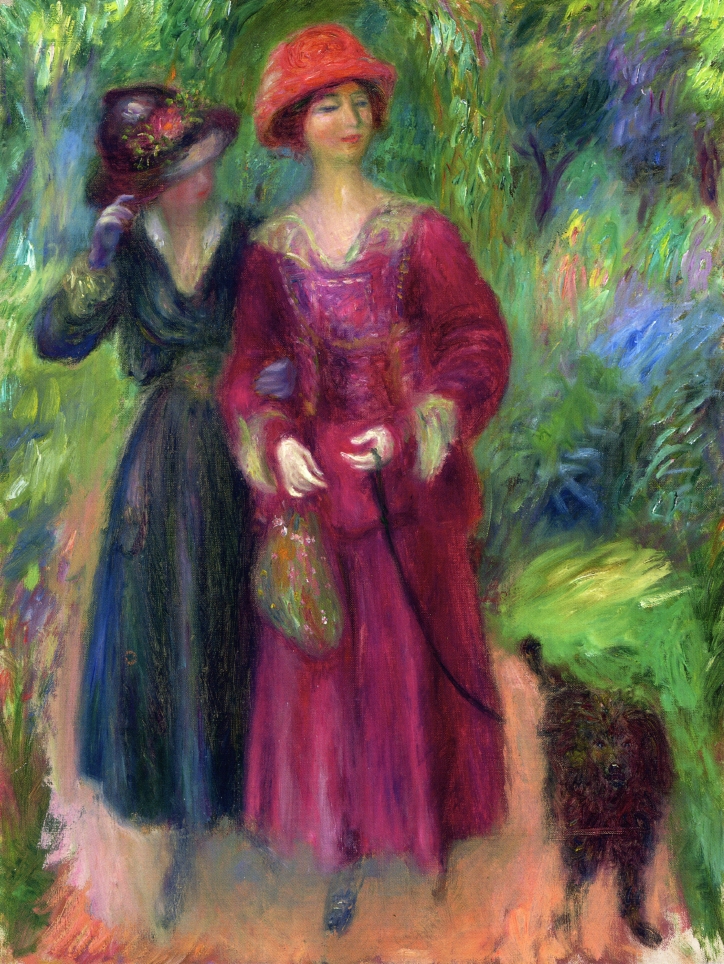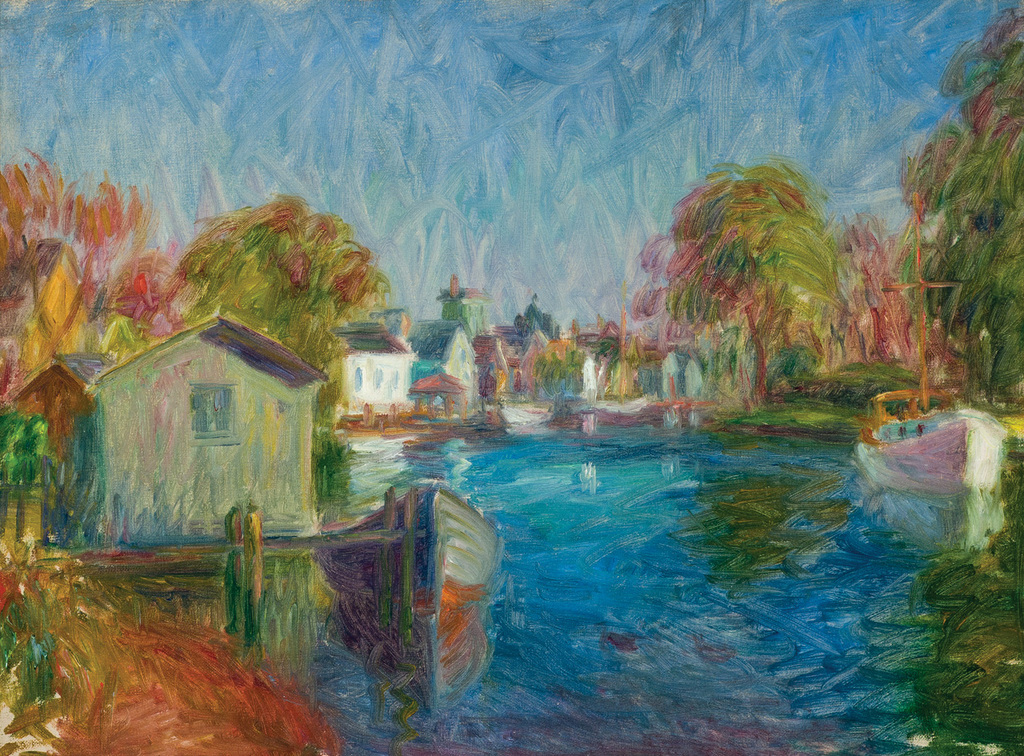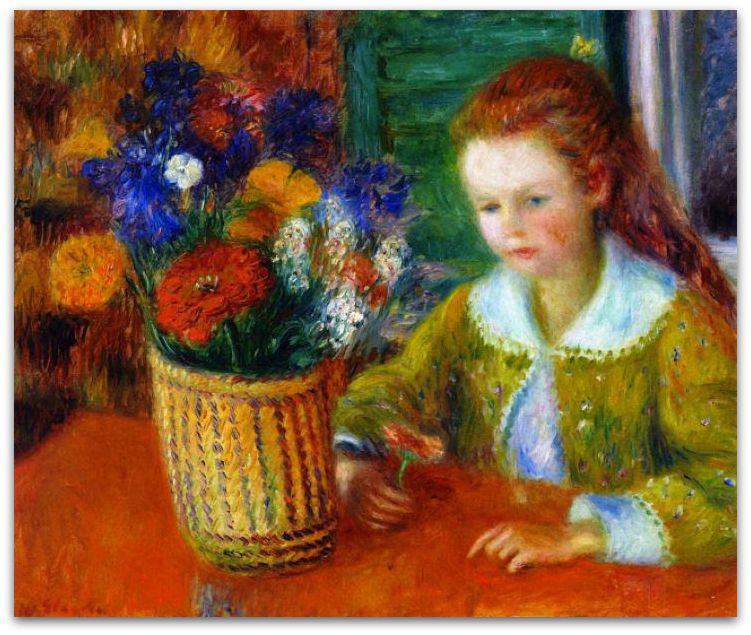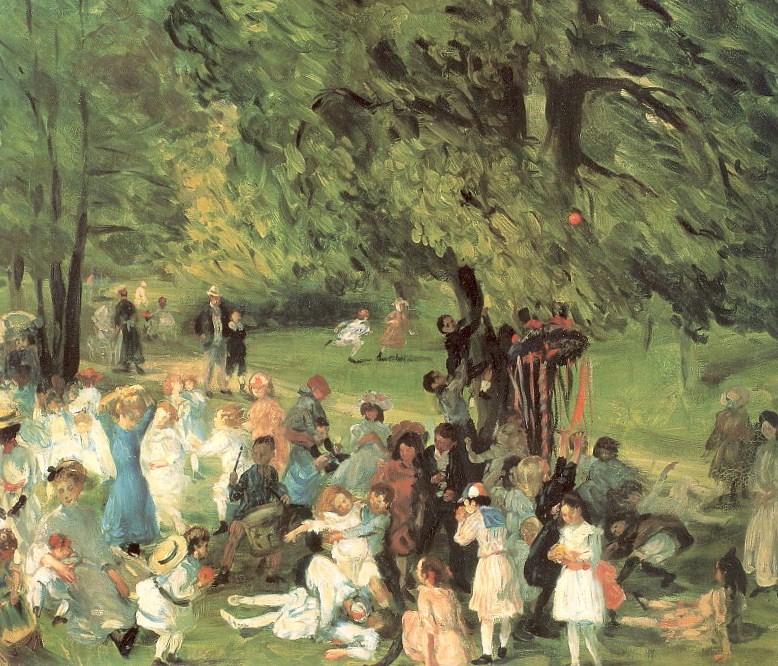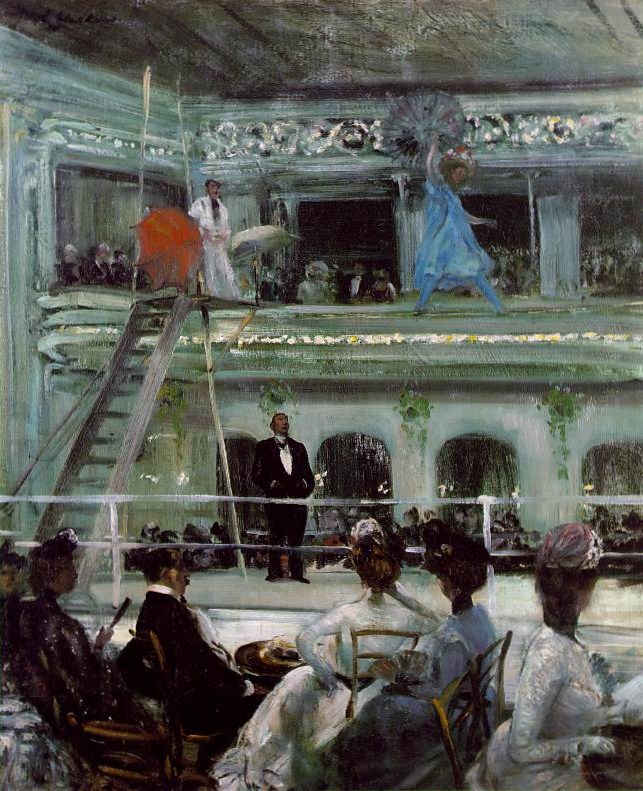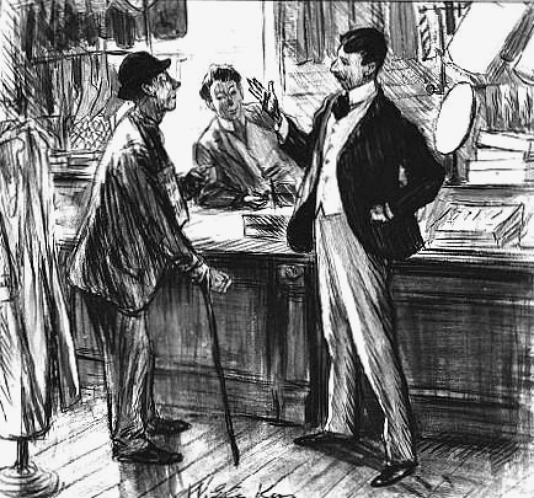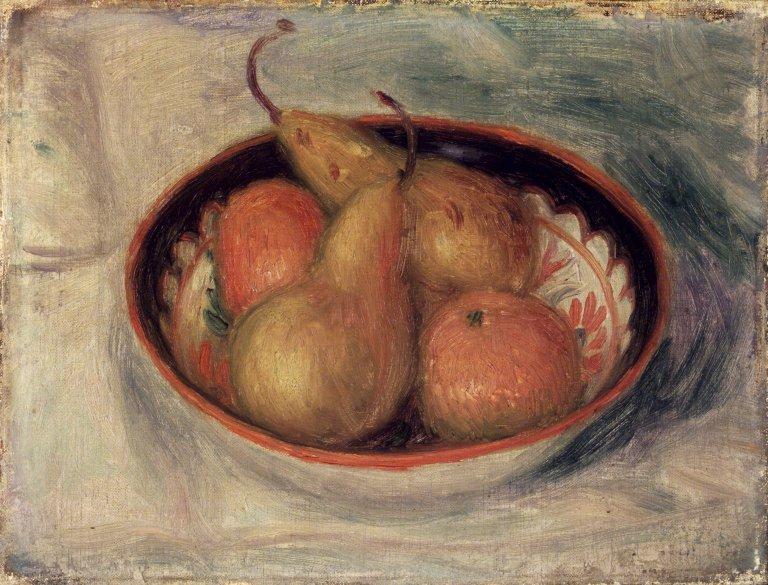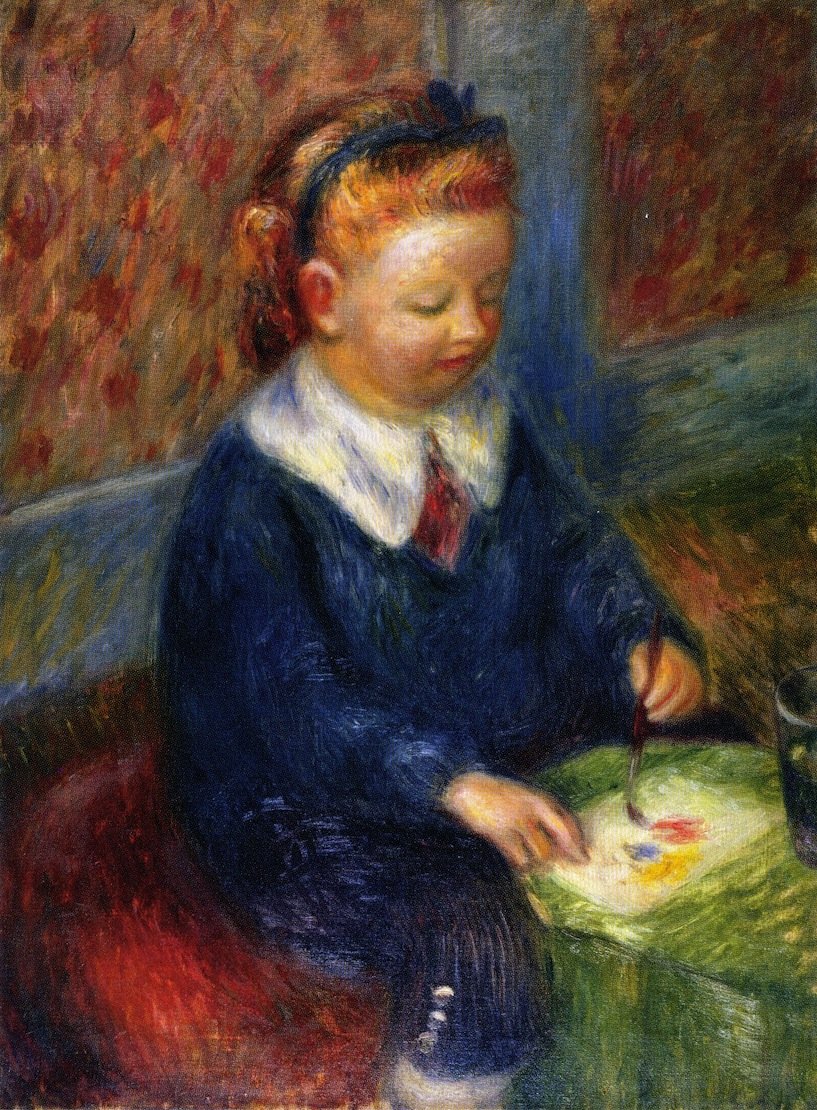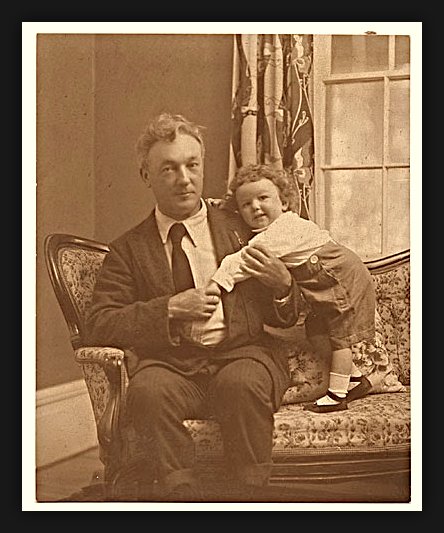William James Glackens (1870-1938)
William Glackens, my great Uncle
William Glackens (1870-1938) was an Illustrator and American Impressionist. He is also known as a realist painter; a modernist. In the history of American Art, William Glackens is considered one of the most influential artists of his time. I'm proud to say, William Glackens is family! Glackens married my grandfather's sister, Edith Dimock in 1904; she was also an artist. Edith and William had two children. Ira Glackens was born in 1907 and Lenna Glackens followed in 1913. Lenna was named after her maternal grandmother, Lenna Demont Dimock. They named Ira after his maternal grandfather Ira Dimock, a wealthy silk manufacturer. I’m so pleased to be given the family name, Lenna.
William Glackens, Illustrator:
William Glackens was born in Philadelphia in 1870 and graduated from Philadelphia's Central High with a Bachelor of Arts degree in 1890. Two of Glackens’ classmates were the artist John Sloan and noted Art collector Albert Barnes. Glackens helped Dr. Barnes start what has become one of the most famous art collections in America, The Barnes Foundation. In present day, you will find artwork at the Barnes by William, Edith and Lenna Glackens.
“In early 1912, Barnes wrote to Glackens: “Dear Butts, I want to buy some good modern paintings. Can I see you on Tuesday next in New York to talk about it?” The following month, with $20,000 from Barnes in his pocket, the artist traveled to Paris on a buying trip and returned with works by Pierre Bonnard, Paul Cézanne, Maurice Denis, Vincent van Gogh, Pablo Picasso, Camille Pissarro, and Pierre-Auguste Renoir. These purchases became the cornerstone of Barnes’s fabled collection.”
Glackens enrolled in the Philadelphia Academy of Art in 1892. He began his career by illustrating for newspapers, books, and magazines. The exhibit: William J. Glackens: From Pencil to Paint (NSU Art Museum) shares the history of his many illustrations. One of his jobs as a magazine illustrator was an 'artist reporter'. These artists rushed to the scene, made a fast sketch and later finished it from memory before bringing it to the press. He worked as a sketch artist and illustrator for Philadelphia Record, Philadelphia Press, New York World, New York Herald and McClure’s Magazine.
At the same time, Glackens was studying painting at the Pennsylvania Academy of the Fine Arts with his contemporaries, George Luks, John Sloan and Everett Shinn. It was at the Academy where they met master teacher and artist, Robert Henri, who had a great influence on them. These artists, together with George Bellows, Ernest Lawson and others, would later become known as the 'Ashcan painters'. They took their subject matter from real life, especially urban life. The artists in this movement wanted to show turn-of-the-century New York City as it was; through portraits of daily life in the city, not idealized versions. Urban Realism was the first important American art movement of the early twentieth century.
The Eight:
The primary members of the Ashcan School of American Art were Robert Henri, Arthur B. Davies, Maurice Prendergast, Ernest Lawson, William Glackens, Everett Shinn, John Sloan, and George Luks. These artists were known as a group called "The Eight" and were considered New York Realists. Critics used condescending terms to describe the group, such as "The Apostles of ugliness.” Paintings by members of the Eight often had unromantic and matter-of-fact titles like -The Wrestlers, The Shoppers, and Hairdressers' Window. The Ashcan artists wanted to capture spur of the moment happenings in everyday life events. They challenged what was the 'norm' at the time.
In February of 1908, The Eight organized an exhibition of their work at the Macbeth Galleries in New York City, in protest of their rejection from annual exhibitions organized by the National Academy. The exhibit was important because both academics and aesthetics were challenged. The Eight artists dared to show gritty realism in their work. It has been said, urban realism was not so much a style of work, but instead a desire to bring art closer in touch with real life. Through this exhibit and later artwork, it has been noted that this group influenced many generations of artists to come. The preoccupation that members of the Ashcan School had with urban life and ordinary people was the counterpart in drawing and painting to realism in literature in the early 1900's.
William Glackens, painter:
Glackens was a protegee of Robert Henri and in 1894 he shared a studio with him in Philadelphia. Glackens traveled with Henri to France and Holland in 1895 with other artists. They studied the Dutch masters and were influenced by Rembrandt. Glackens rented a studio in Paris for a year with Robert Henri where they studied Manet and other Impressionists. When Glackens returned to the America he went back to illustrative reporting, but gave it up shortly to concentrate on painting. Later in 1901, Glackens was first noticed as an ‘up and coming artist’ for his painting when he exhibited with Henri and Sloan at the Allen Gallery.
View The Art of William Glackens: an Album curated by Lenna Young Andrews. This album includes photographs, art and information from the exhibit “Affinities and Distinctions: William J. Glackens and Pierre-Auguste Renoir,” held at NSU Art Museum in FT Lauderdale, FL in 2019.
View the current exhibit, House of Glackens at NSU Art Museum, Ft Lauderdale, FL: May 2023 through Summer 2024. This exhibition primarily focuses on William Glackens’ tender portrayals of his own family in their private home.
Some of my favorite Glackens paintings are below:
Click on the image to enlarge the painting. Touch the white dot, lower right, to read descriptions. The photos in the galleries can also be viewed as a slideshow by swiping or using the side arrows.
paintings by William Glackens. Tap or Use the side arrows to view slideshow.




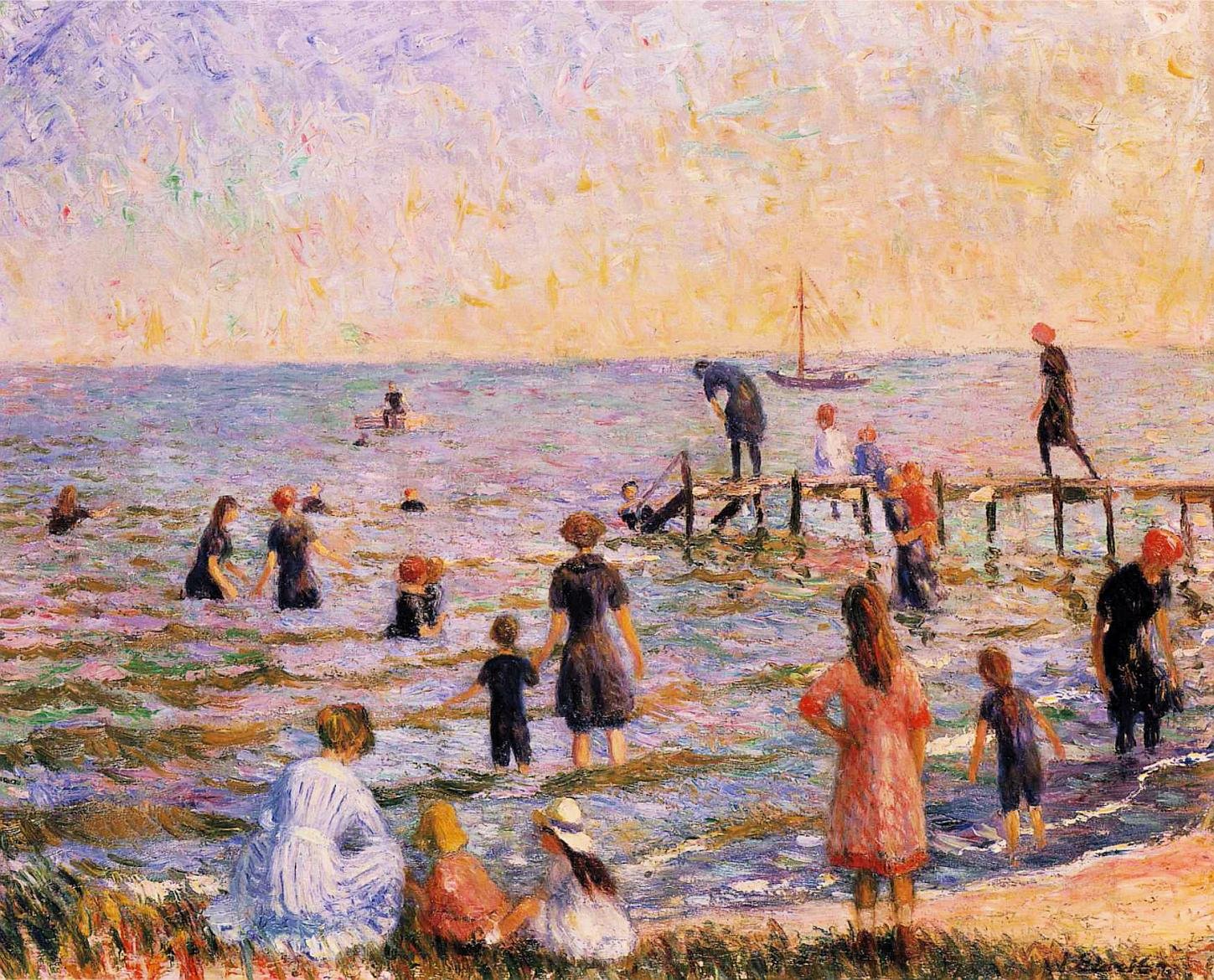
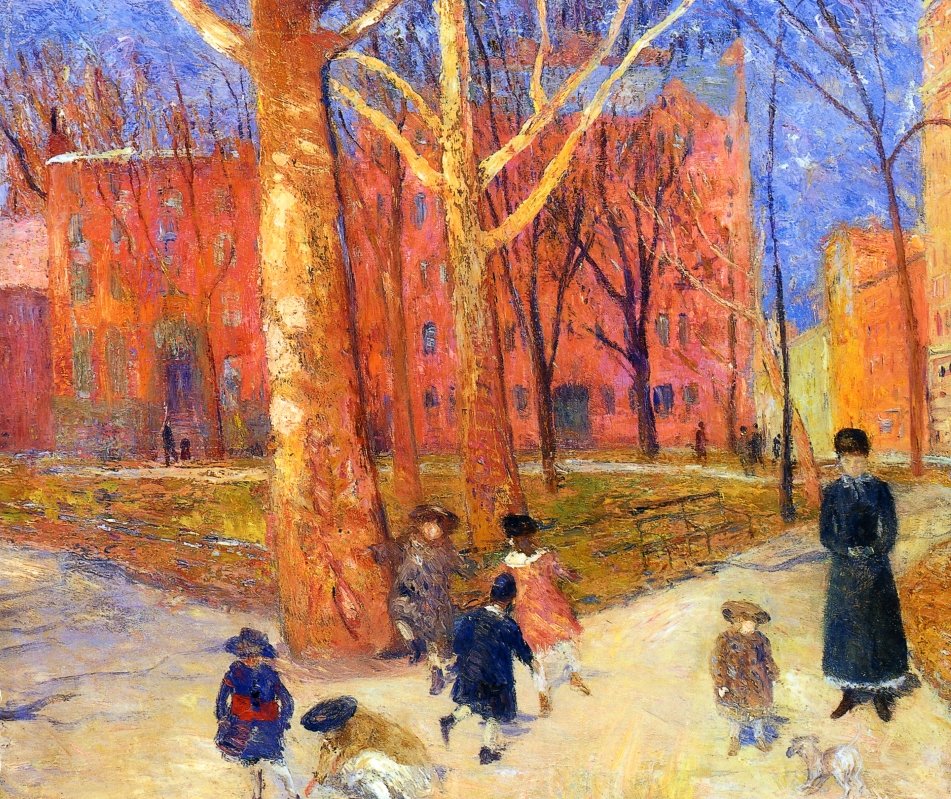
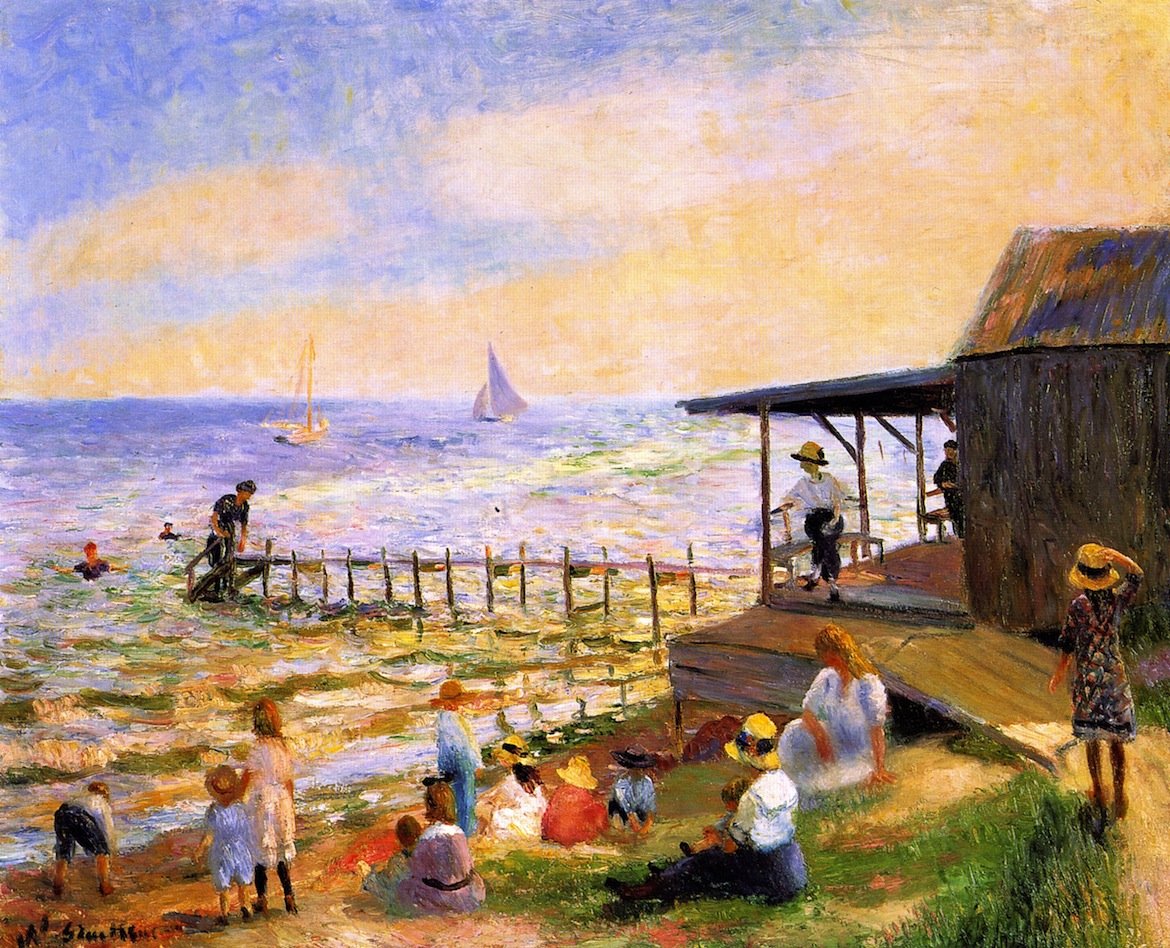


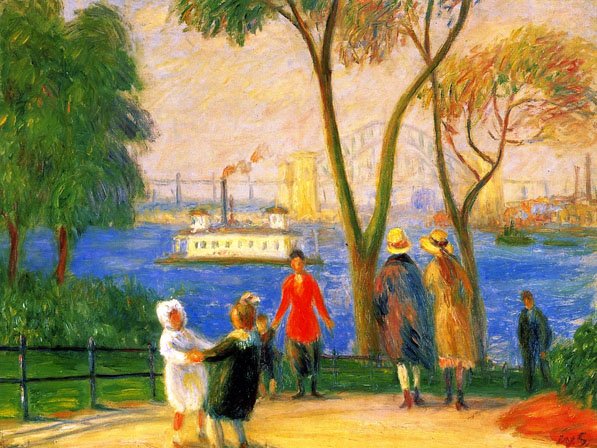
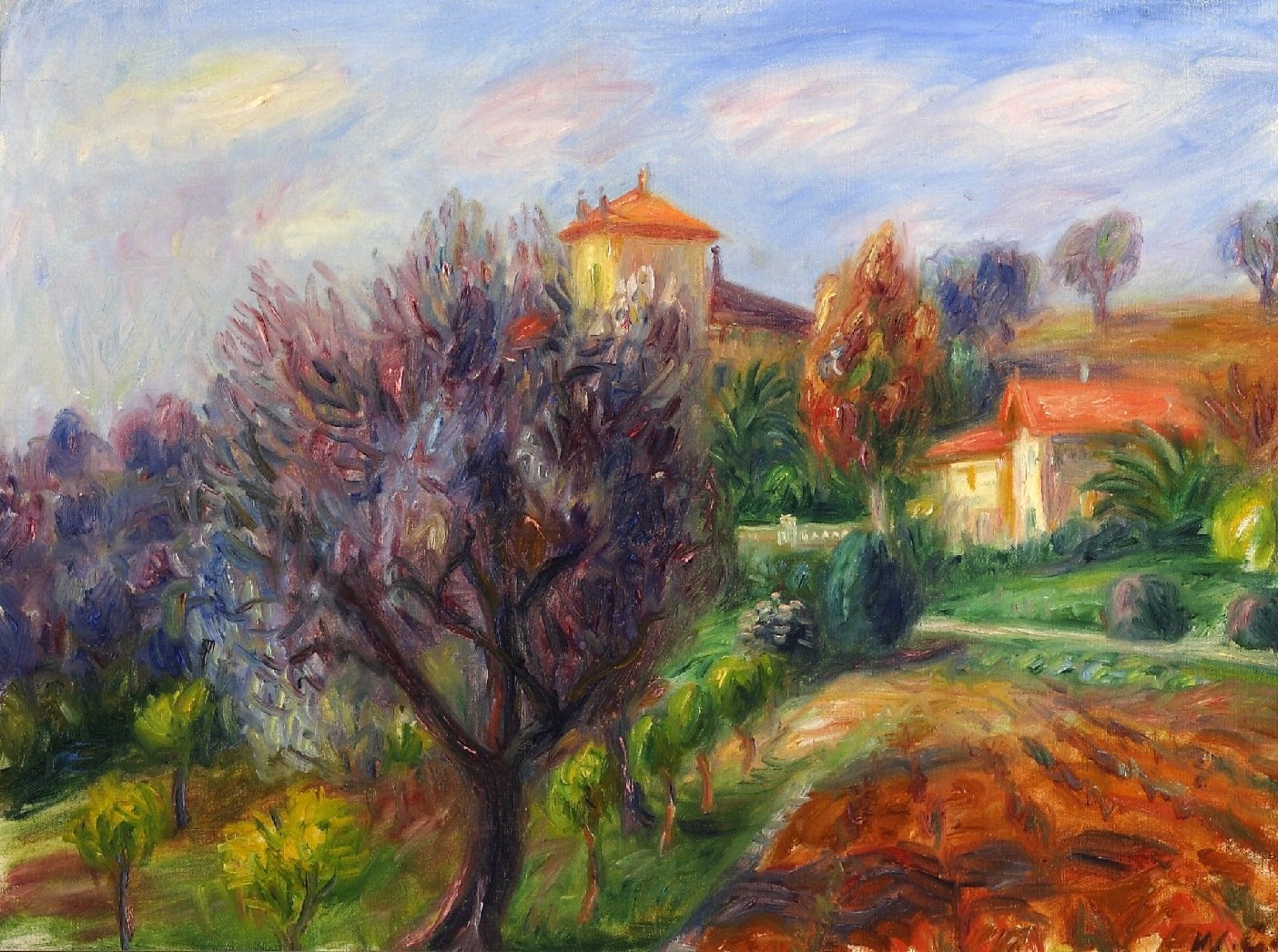
Far from the Fresh Air Farm
View the art of William Glackens in person:
The NSU Art Museum - 1 East Las Olas Boulevard, Fort Lauderdale, FL, has over 500 pieces by William Glackens. William's son Ira bequeathed his own extensive personal collection of art works by his father to this Museum when Ira passed away without any heirs. In the museum there is a period room set up to replicate the Glackens apartment in New York City and a stunning painting of Lenna Glackens, The Artist's Daughter in Chinese Costume.
The Barnes Foundation, 2025 Benjamin Franklin Parkway, Philadelphia, PA 19130. Many paintings and drawings by William Glackens, as well as some by his wife Edith Glackens and daughter Lenna Glackens. William Glackens helped his friend Albert Barnes by acquiring paintings in Europe for the Barnes collection by Picasso, Van Gogh, Cezanne & more.
The Art Institute of Chicago, 111 South Michigan Avenue, Chicago, Illinois. At this museum you can view At Mouquin's (1905) - one of my absolute favorites!
The Smithsonian American Art Museum, in Washington DC has a number of Glackens paintings; Beach Scene (before 1930), Beach Umbrellas at Blue Point (1915) and also many of his illustrations.
Philadelphia Museum of Art,
Benjamin Franklin Parkway and 26th Street, in Philadelphia, PA
Chrysler Museum of Art,
245 West Olney Road (at Mowbray Arch), Norfolk, Virginia The Shoppers (1907)
The Metropolitan Museum of Art, 1000 Fifth Avenue at 82nd Street, New York, New York. -The Green Car (1910)
Whitney Museum of American Art, New York City.
Hammerstein's Roof Garden, (1901)
The National Gallery of Art, on the National Mall between Third and Seventh Streets at Constitution Avenue NW. Family Group, (1911)
The Detroit Institute of Arts, 5200 Woodward Avenue, Detroit, Michigan - The Promenade (1927) - a painting of Lenna Glackens at age 14.
The Hunter Museum of American Art, 10 Bluff View, Chattanooga, TN. Miss Olga D. (1910) and The Horse Chestnut Tree, Washington Square (1919)
Wadsworth Atheneum of Art, 600 Main Street, Hartford, CT. This was my local museum when I lived in CT. I have visited the paintings of my Great Uncle there many times. Portrait of the Artist's Wife (1905) and West Hartford (1907) are two of his paintings you'll find there.
New Britain Museum of American Art, New Britain, Connecticut - Washington Square (1910)


